Growing Drummond phlox from seeds, care features, collecting and storing seeds

Growing phlox drummond from seeds does not require any special expenses or skill.
Nevertheless, this representative of the Sinyukhov family is distinguished by its amazingly beautiful flowering and is very popular among professional flower growers and summer residents.
Content:
- Phlox Drummond, description, plant height, photo
- Growing Phlox Drummond from seeds
- Care features: how to get lush flowering
- Where to buy seeds of large-flowered mixture of Phlox Drummond tapestry, plant photo
- How to get seeds from flowers in a flower bed
- How Phlox Drummond is used in landscape design
- Growing annual phlox in a pot or flowerpot
Phlox Drummond, description, plant height, photo
Phlox Drummond means "flame" in Greek. He came to Europe with an Englishman, after whom he was named. It is found naturally in Mexico and the southwestern United States.
The popularity of this flower is due to its unpretentiousness and abundance of bright and lush flowering.
Other features that attract the attention of gardeners include:
- The phlox genus includes mainly large perennial forms. Drummonda is clearly distinguished from other relatives by the fact that it is an annual;
- The height of the bush does not exceed half a meter, and some varietal variations do not exceed 30 cm;
- The opened buds do not exceed 2 cm in diameter.However, due to the fact that they are collected in lush inflorescences, these flowers look quite bright and impressive;
- They bloom throughout the summer and can remain on the bush even for part of the fall. So, if the weather is warm, they delight the gardeners’ eyes even in the middle of autumn;
- The shade of the petals may vary depending on the characteristic varietal characteristics. So often it is a white or purple hue, but sometimes you can find dark red flowers;
- The shrub branches; in addition to the buds, opposite oval leaves appear clearly on it;
- They tolerate large amounts of sunlight well. Leaves and flowers do not fade and thrive in lighted areas. They can also withstand a drop in temperature;
- Planting material has a fairly high percentage of germination.
After sowing an annual, seeds spilled into the soil after ripening often germinate the next year.
Phlox Drummond presented a large number of different varieties that differ in the tone of the petals and the height of the bushes.
So, for carpeting flower beds, you can use dwarf varieties that do not grow above thirty centimeters, and forms of half a meter can create advantageous combinations in mixborders.
We invite you to watch an interesting video about Drumond phlox and growing it from seeds:
Growing Phlox Drummond from seeds
To grow flowers, you can either immediately plant them in the soil or pre-germinate the seedlings.
It is mainly grown to please oneself with early flowering.
To grow seedlings you need:
- At the beginning of March in warm areas and after the twentieth in cold areas, plant them in boxes.At the same time, it is important not to deepen them into the substrate, but only sprinkle them a little. This way they will germinate much faster;
- Provide greenhouse conditions by covering the boxes with film. This will help keep the soil from drying out, but it is important to open them briefly every day to ventilate;
- By the end of the week the first shoots will appear. At this time, the film should be removed and the containers should be moved to a well-lit place. During this period, it is recommended to pay special attention to humidity, maintaining it stable;
- After the formation of two true leaves, plant them in separate containers. You should not ignore even weak sprouts; in separate pots it will be easier for them to develop roots;
- As soon as the seedlings are strong enough, it is recommended to carry out the first fertilizing with nitrogen;
- It is important not to forget about systematic watering, but there is no need to be too zealous. Excess moisture can lead to the formation of various root diseases;
- After the formation of six leaves, pinching is necessary to ensure that the adult shrub is lush;
- In April, it is necessary to begin hardening off the seedlings. To do this, it is recommended to send containers with seedlings outside, gradually increasing their time in the fresh air from the initial hour or two;
- It is recommended to plant seedlings in open ground after the temperature has stabilized, in the last month of spring. After planting, it is important to fluff up the soil once a week to provide the roots with good access to oxygen.
If several varieties are planted at the same time and you want them to bloom in the same period, it is worth remembering one detail. It is recommended to plant seeds of tall forms a week earlier than short ones, this will help even out the flowering lines.
If there is no time, opportunity or desire to tinker with seedlings, planting can be done directly into open soil.
It is better to start it in early May, adhering to the following scheme:
- Make small furrows in the prepared area and water them, then wait for the moisture to be absorbed into the soil;
- Place 2-3 seeds in one place with a distance of 15 cm between these points. If all three germinate, it is recommended to remove the two weakest ones;
- To prevent excessive evaporation before the first shoots, it is recommended to cover the planting site with a special material that prevents moisture evaporation;
- The first shoots appear two weeks after planting. After this, it is recommended to loosen the soil, remove excess sprouts and apply liquid nitrogenous fertilizer, which must be repeated after a week;
- After the formation of flower buds, it is important to apply complex fertilizer. The first flowering should be expected only in June.
If the winter is warm, seedlings can be sown in December-January. In order for planting to be successful, it is recommended to prepare half a bucket of black soil in the fall and, after waiting for snow in December, thoroughly trample the beds. After this, you need to sow three seeds at one point and sprinkle dry soil on top.
It is recommended to add at least 20 cm of snow on top of this. Sown this way, they will emerge in April and the first flowers will appear at the end of May or after June 10 in areas with colder climates.
Let's watch a useful video about sowing Drummond phlox seeds and learn how to properly care for the seedlings:
Care features: how to get lush flowering
Phlox Drummond is not a capricious, but very noticeable plant, which does not require special care, but at the same time very steadfastly withstands attacks from diseases and pests.
This beauty will decorate any garden, but this impeccable beauty can be made even better. In order to get lush flowering, it is important, first of all, not to forget about minimal care - watering and fertilizing directly affect the abundance of buds on the bush.
In addition, it is a good idea to sprinkle the roots of the flowers with a layer of mulch to prevent the moisture from evaporating too quickly. This also has a beneficial effect on the condition of the flowers.
No less important than complex fertilizers and periodic removal of dry inflorescences. So, not even the tenth day after the procedure, the bush will again be covered with new buds.
With proper care of the plant, lush flowering will not be a problem and will not require any special effort on the part of the gardener. It is enough not to forget about fertilizing and periodically cut off dried flowers, which also spoil the aesthetic appearance of the green beauty.
Where to buy seeds of large-flowered mixture of Phlox Drummond tapestry, plant photo
Growing this flower at home is quite simple, but first you need to plant it, which means finding planting material. Fortunately, this is not such a rare species that it has to be hunted.
You can buy it in a specialty store or order it online. However, in the latter case, it is important to act extremely carefully so as not to run into scammers.
Therefore, it is recommended to place orders only on trusted sites or those that are at the beginning of the issue. It is also important to pay attention to activity indicators on the site.
Another way to buy large-flowered mixtures of these short plants that bloom from June to October is to contact those who grow them in your city. This is one of the simplest options that guarantees results.
How to get seeds from flowers in a flower bed
If these flowers end up in the garden, it is not at all necessary to buy the same seeds again every year. You can collect your own, which are quite suitable for planting. However, it is important to take into account that not all plants are suitable for subsequent propagation.
It is so important to pay attention to the text on the package. The F1 mark makes the plants unsuitable for propagation, since they are hybrid varieties. Flowers grown from their seeds will not replicate the properties of the mother plant.
However, sometimes they, without repeating varietal characteristics, give quite interesting results. You can experiment and simply plant the hybrids separately so as not to confuse them.
In the absence of the F1 mark, they can be safely collected for planting material; these are not hybrid varieties; they will repeat all the qualities of the mother plant. In order to select the highest quality planting material during flowering, mark the most lush bushes. It is these bushes that will produce the strongest offspring, suitable for sowing next year.
However, it is important to have not only correctly collected, but also properly stored planting material.
It is so important to adhere to a certain algorithm:
- Since the seeds ripen almost immediately after the petals fall off, it is necessary to cut the bush at the root and send it to ripen in a warm, dry room without direct sunlight. It is better to cut the bush on a dry, sunny day after lunch.At this time, the bush will be dry, without any remnants of morning dew;
- Drying is carried out on newspaper, where inflorescences are cut from the bush. In three weeks, the green mass should dry completely. To ensure this happens evenly, it is recommended to stir the flowers from time to time. When the stems begin to break easily, the plant is dry, you can proceed to the next stage;
- It is recommended to rub dried inflorescences with your palms over a new newspaper. This will help the boxes get enough sleep. Since the annual phlox seeds are quite noticeable, it is difficult to miss them;
- After grinding, the resulting mass must be sorted out, manually removing excess branches and large debris. Only dust, seeds and dry, ground leaves should remain on the paper. You can remove small debris from here using a sieve with different mesh sizes. So, for starters, large cells are suitable, through which large particles of debris are filtered out, and then smaller ones can be used.
In order to clean the resulting mixture from debris that was not removed through the sieve, it is enough to winnow it. This can be done on a windy day by first spreading a canvas on the ground.
The bowl with the mixture must be slowly poured a meter above the canvas. This way, the debris will be carried away by the wind, and the seeds will fall onto the canvas. If you don’t have the time or opportunity to do this outside, you can use a simple hairdryer.
After the planting material has been collected and cleared of foreign debris, all that remains is to scatter it into bags and label where and what variety. For storage, it is recommended to use only paper or fabric bags in which the access of oxygen will not be completely blocked.
How Phlox Drummond is used in landscape design
The beauty of these plants was noticed not only by country gardeners, but also by specialists. So phloxes look great both as single bushes and in flower beds, allowing you to create interesting accents.
They are often combined with other annuals to provide flowering beds throughout the summer.
Lower-growing varieties are placed on garden paths and alpine hills. Dwarf and creeping, they will look quite impressive and interesting.
Tall representatives in landscape design can be found next to conifers or other tall perennial plants.
Another interesting way to use it is to plant it as a hedge, for which this bush is suitable.
Unpretentious and persistent plants find a place in many landscape design options. They require a minimum of care, but at the same time they highlight any plant communities as colorfully as possible.
Growing annual phlox in a pot or flowerpot
Due to the fact that this annual spreads well, it is not surprising that it is often used for planting in pots and cache-pots. And it is not at all necessary to place it in the house.
So these small bushes are often found on balconies, gazebos or verandas. They look quite elegant both in a flower bed and hanging in a flowerpot.
Despite the fact that this flower is often grown in open ground, it also blooms well indoors. However, for this it is important not to forget to periodically feed the phlox.
Phlox Drummond is an amazingly beautiful and unpretentious plant that can be found in many flower beds of domestic gardeners.Resistant to temperature fluctuations, develops well both from seedlings and after planting seeds immediately in open soil conditions.

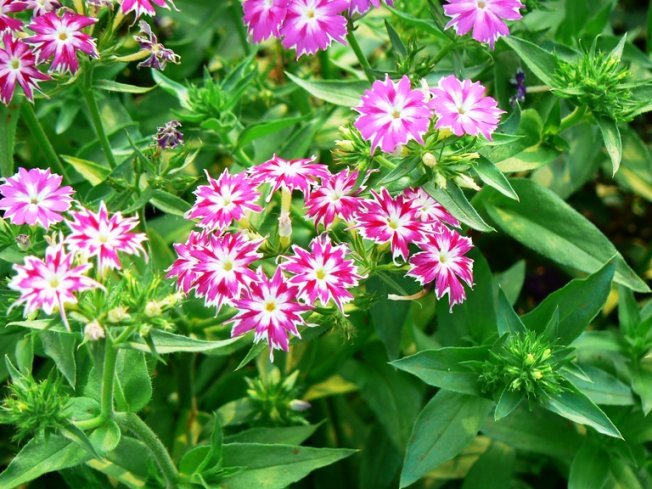
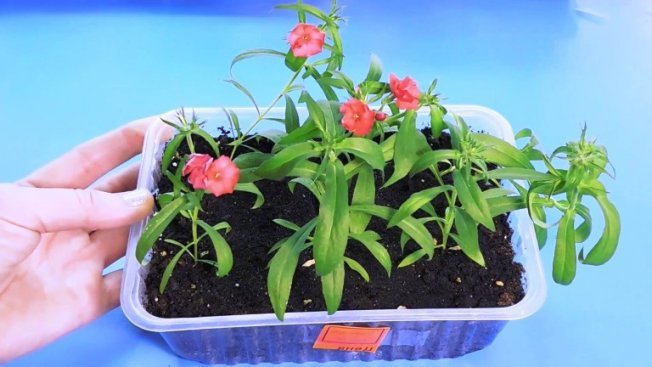
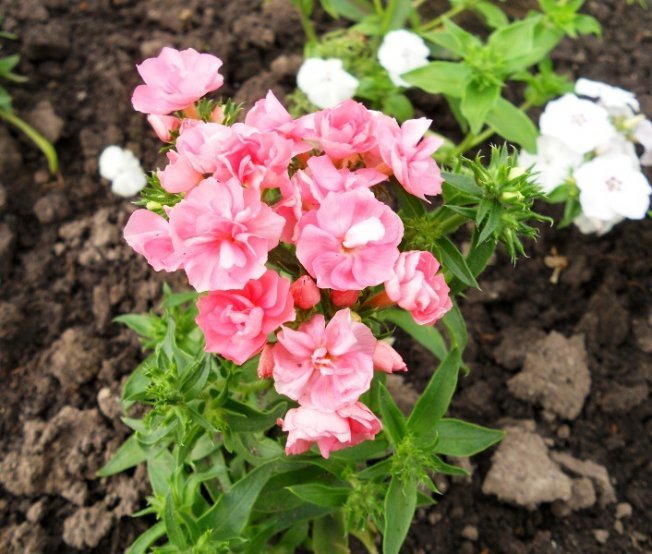
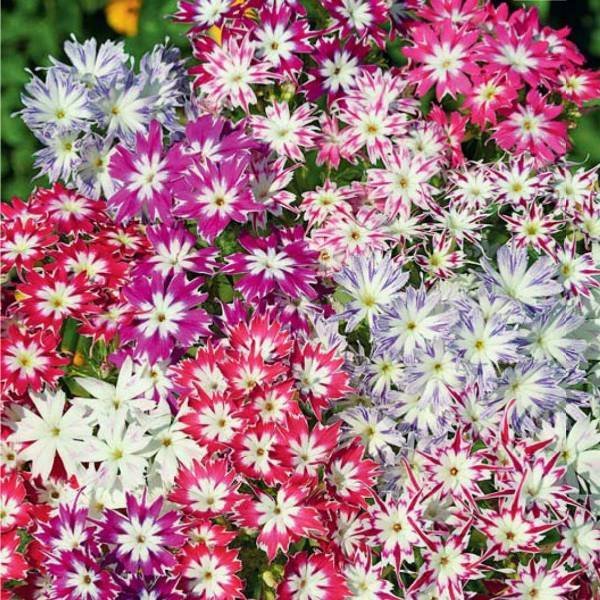
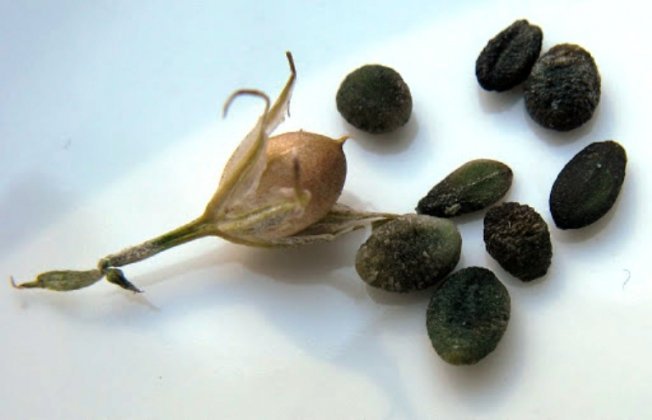
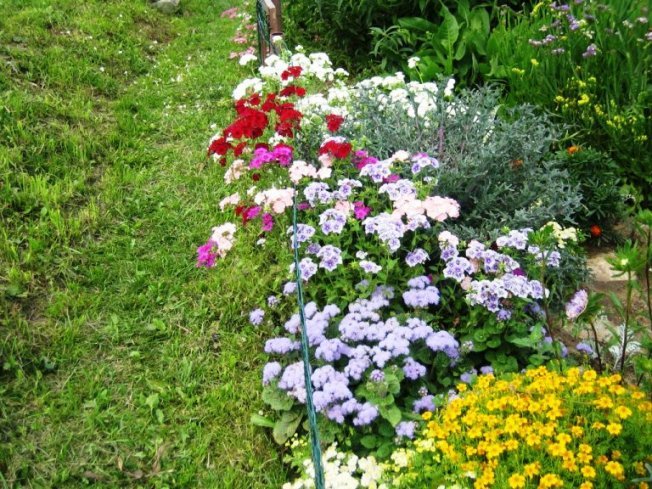
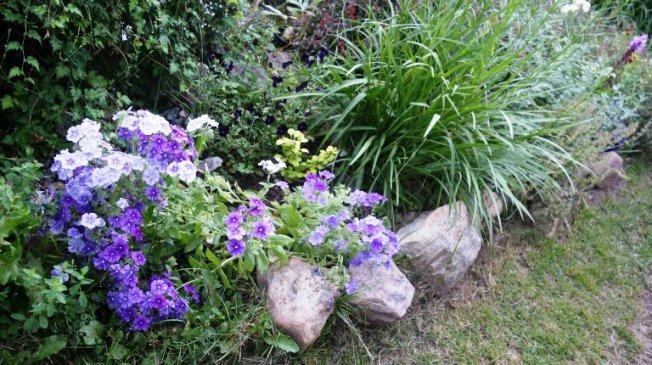
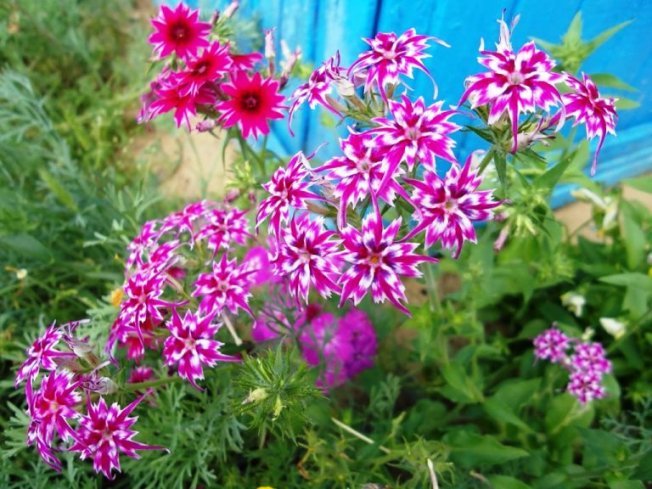
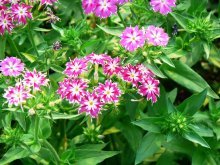
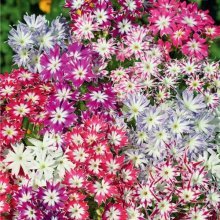

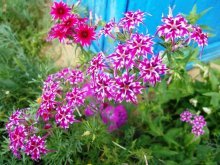
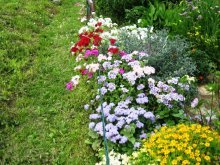
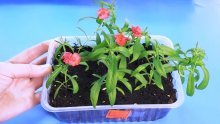
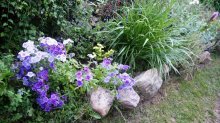
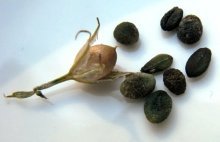
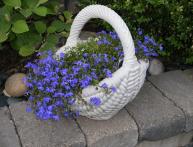

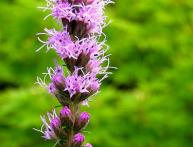
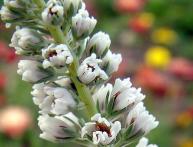
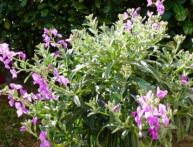

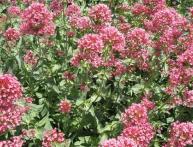

Comments
Last year I planted it for the first time (I saw it at a neighbor’s house and liked it). Of course, I made some mistakes while growing them, I’ll be smarter this year. I don’t like perennial phlox, but I really like these.